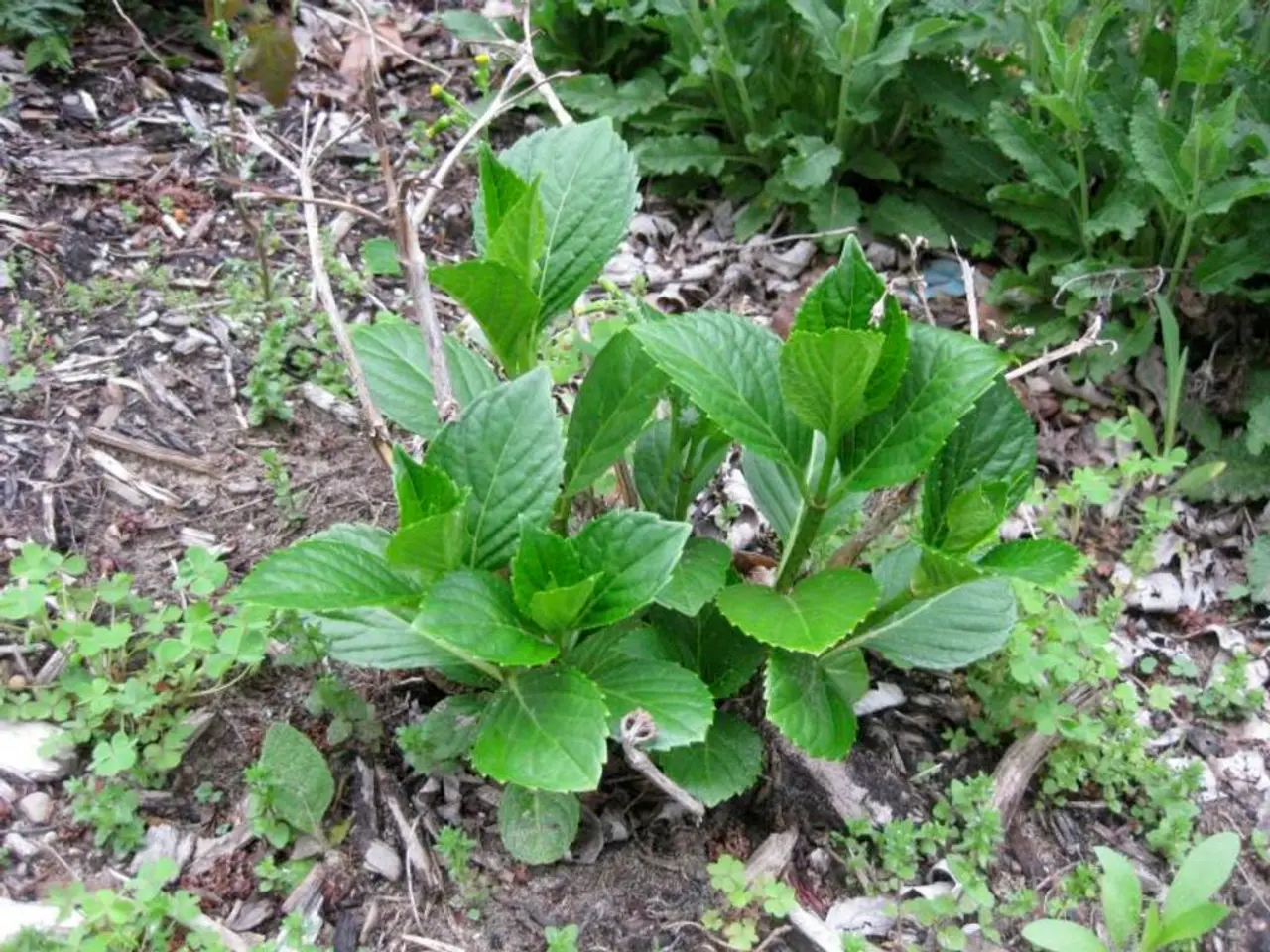Cultivating Sage Plant | A Guide to Growing Sage along with 5 Key Harvest Strategies
In the world of herbs, sage (Salvia) stands out for its hardiness and versatility. Whether you live in zones 5-8 or 9 and south, understanding how to grow this aromatic plant indoors can provide you with fresh sage leaves all year round.
Sage thrives in loamy, well-drained, and sandy soil with a pH between 6.5 and 7.0. To grow sage indoors, provide it with bright, indirect to direct sunlight for at least 6 hours daily. Aim for moderate indoor temperatures (65-70°F during the day and 55-60°F at night) and ensure good air circulation to prevent fungal issues.
Position your pot near an east-, south-, or west-facing window where it can get bright light but avoid harsh direct midday sun if too strong indoors. Avoid placing the sage near heaters, AC units, or cold windowsills to maintain stable temperatures. Use well-draining soil and a pot with drainage holes to protect roots.
For optimal growth, use a compact or dwarf sage variety suited for pots. Water only when the top inch of soil is dry to avoid root rot, and prune regularly to encourage healthy growth. If natural light is insufficient, supplement with full-spectrum LED grow lights positioned about 6-12 inches above the plant for 12-14 hours per day. Rotate the plant weekly to promote even growth.
Harvest fresh leaves as needed once the plant is established. To get the richest concentration of oils in your harvest, do so in the morning just after the dew has dried. Harvest what you'll use that day as sage tastes best fresh.
During the growing season, take two larger harvests to encourage a prolific plant. Cut the stems back at the end of the season, harvesting no more than half of the plant. In the first year, harvest lightly as your plant will appreciate the extra energy and will reward you with an abundant harvest for the next few years.
Sage is easy to grow and is a hardy, drought-resistant plant that produces huge harvests and stunning leaves. Growing sage indoors is possible and effective for culinary use. However, be mindful not to overwater as this can lead to mildew and stem rot. Soil should almost completely dry out between waterings.
When it comes to starting your sage plant, growing from seedlings, clippings, or layerings is recommended instead of growing from seed. Sage prefers medium to full sun exposure. Indoor plants should be placed by a window to optimize growth.
Sage is a member of the mint family and has a piney, velvety texture with grayish-green leaves and a gorgeous aroma. It prefers a pH between 6.5 and 7.0. To store sage, you can freeze the leaves or dry them. To dry sage, hang sprigs in a shady, dry room with stems towards the ceiling. To freeze sage, place individual leaves on a tray and place in the freezer.
In conclusion, with the right light, temperature, and watering conditions, cultivating sage indoors can provide you with a bounty of fresh sage leaves all year round. Whether you're a seasoned herb gardener or a beginner, growing sage indoors is an easy and rewarding endeavour.
Sage's indoor growth is consistent with a home-and-garden lifestyle, offering fresh leaves year-round. For optimal cultivation, situate your sage plant near an east-, south-, or west-facing window and use a compact variety suited for pots.




